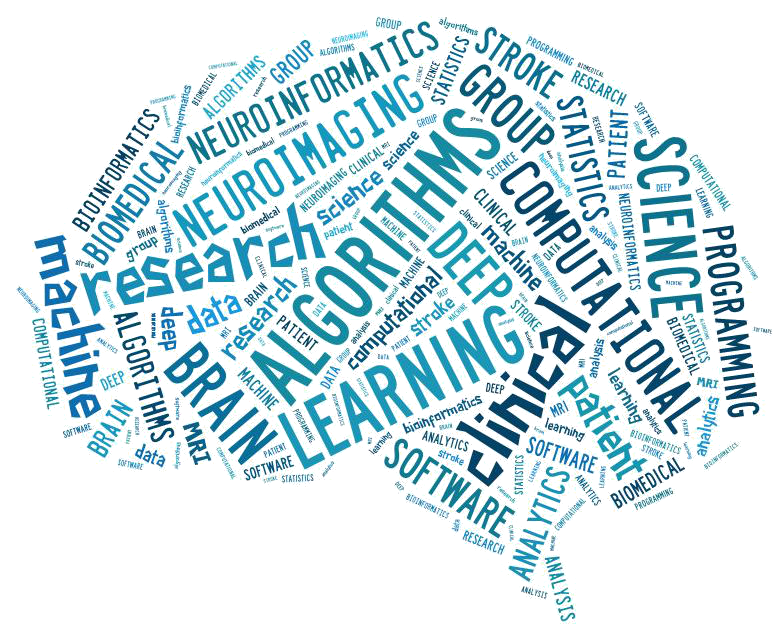Wu O, Dijkhuizen RM, Sorensen AG.
Multiparametric magnetic resonance imaging of brain disorders. Top Magn Reson Imaging 2010;21(2):129-38.
AbstractMagnetic resonance imaging (MRI) has been shown to improve the diagnosis and management of patients with brain disorders. Multiparametric MRI offers the possibility of noninvasively assessing multiple facets of pathophysiological processes that exist simultaneously, thereby further assisting in patient treatment management. Voxel-based analysis approaches, such as tissue theme mapping, have the benefit over volumetric approaches in being able to identify spatially heterogeneous colocalized changes on multiple parametric MR images that are not readily discernible. Tissue theme maps seem to be a promising tool for integrating the plethora of novel imaging contrasts that are being developed for the noninvasive investigation of the different stages of disease progression into easily interpretable maps of brain injury. We describe here various implementations for combining multiparametric imaging and their merits in the evaluation of brain diseases.
Emmer BJ, van Osch MJ, Wu O, Steup-Beekman GM, Steens SC, Huizinga TW, van Buchem MA, van der Grond J.
Perfusion MRI in neuro-psychiatric systemic lupus erthemathosus. J Magn Reson Imaging 2010;32(2):283-8.
AbstractPURPOSE: To use perfusion weighted MR to quantify any perfusion abnormalities and to determine their contribution to neuropsychiatric (NP) involvement in systemic lupus erythematosus (SLE).
MATERIALS AND METHODS: We applied dynamic susceptibility contrast (DSC) perfusion MRI in 15 active NPSLE, 26 inactive NPSLE patients, and 11 control subjects. Cerebral blood flow (CBF), cerebral blood volume (CBV), and mean transit time (MTT) maps were reconstructed and regions of interest were compared between groups. In addition, the effect of SLE criteria, NPSLE syndromes, immunological coagulation disorder, and medication on CBF, CBV, and MTT was investigated.
RESULTS: No significant differences were found between the groups in CBF, CBV, and MTT. No significant influence of SLE criteria or NPSLE syndromes on CBF, CBV, or MTT was found. No significant influence of anti-cardiolipin antibodies, lupus anti-coagulant, the presence of anti-phospholipid syndrome (APS), or medication on CBF, CBV, or MTT was found.
CONCLUSION: Our findings suggest CBF, CBV, and MTT in the white and the gray matter in SLE patients is not significantly different from healthy controls or between patients with and without specific symptoms or with and without immunological disorder involving coagulation.

